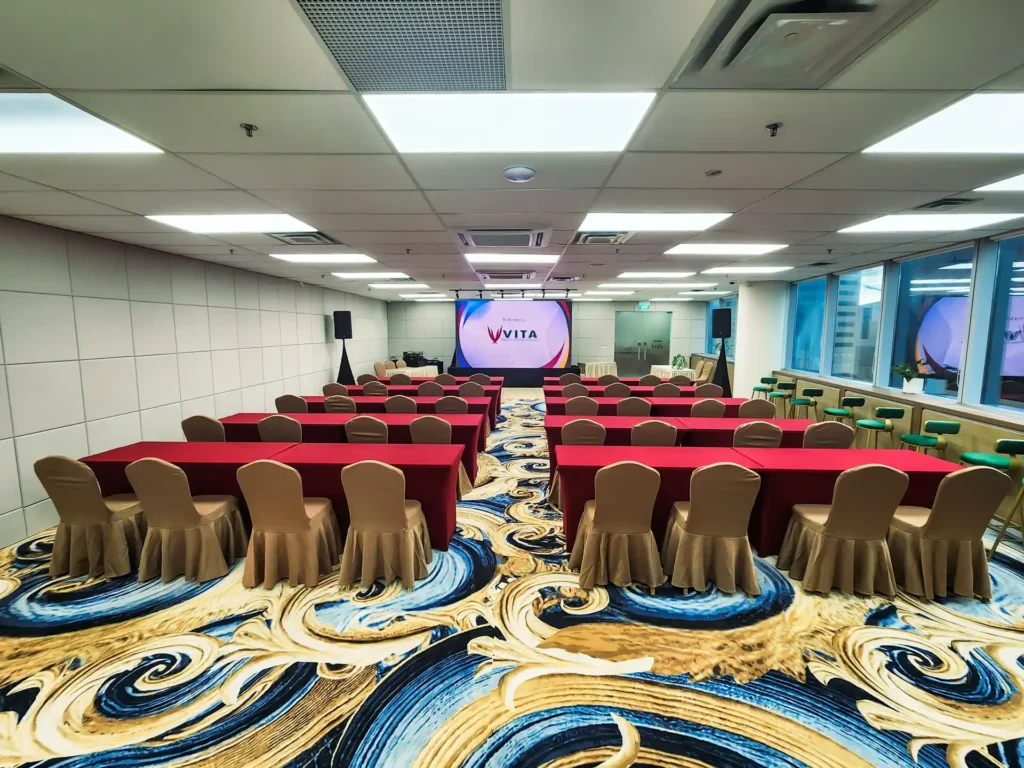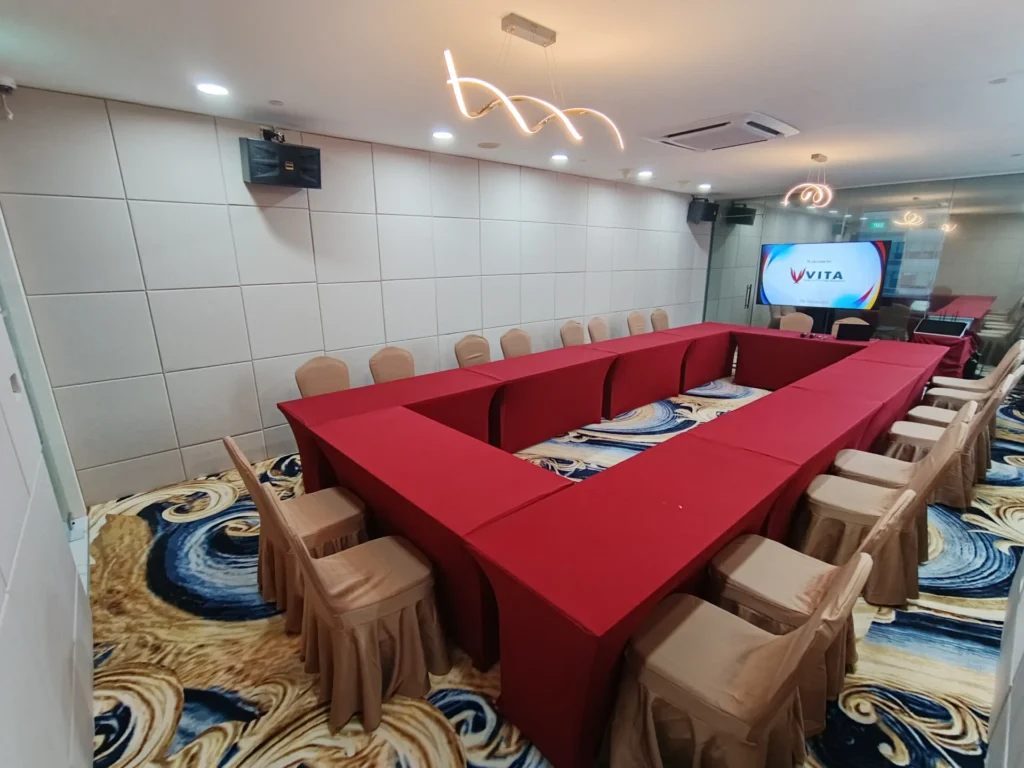Crafting a Workshop with Purpose and Precision
Learning how to plan a business workshop starts with a clear vision. At Vita Venue, we believe that every workshop should be more than just a series of talks it should be an experience that inspires, challenges, and transforms. Our approach focuses on designing sessions that align with your organisation’s goals, foster collaboration, and deliver measurable results. By combining strategic planning with a comfortable, distraction-free setting, we create the perfect environment for success.
Step 1: Define Clear Objectives and Outcomes
Before selecting a venue or inviting participants, it’s essential to establish the core purpose of your workshop. Understanding how to plan a business workshop begins with setting clear objectives that help us shape the agenda, determine the best facilitation methods, and select supporting resources. Whether the aim is to develop leadership skills, spark innovation, or solve complex challenges, having a well-defined purpose ensures that every activity contributes toward meaningful results.
Step 2: Build an Engaging Agenda
An effective workshop flows seamlessly from one session to the next. We focus on creating an agenda that balances structure and flexibility. This means allocating enough time for presentations, group discussions, and hands-on activities, while also leaving room for spontaneous idea exchanges.
Agenda Tips for Better Flow:
- Start with an energising activity to set the tone.
- Alternate between high-energy and reflective sessions.
- Include regular breaks to maintain focus.
- End each segment with a clear takeaway or action point.
This structure keeps participants engaged, prevents fatigue, and ensures that ideas are translated into actionable steps.
Step 3: Select the Right Venue
The venue plays a crucial role in the success of any business workshop. We provide spaces specifically designed to promote focus and collaboration equipped with ergonomic seating, customisable layouts, and advanced audiovisual tools.
The right setting can enhance concentration, encourage interaction, and make participants feel valued. Our venues are also flexible enough to support a variety of formats, from small strategy sessions to large-scale team workshops.
Step 4: Curate the Right Mix of Participants
A workshop is only as effective as the people in the room. We work closely with organisers to identify participants whose expertise, perspectives, and energy will contribute to the desired outcomes. We encourage a mix of decision-makers, subject-matter experts, and fresh thinkers. This diversity fuels rich discussions and ensures that multiple viewpoints are considered.
Step 5: Use Facilitation Techniques That Drive Engagement
Facilitation is about more than keeping time it’s about creating an environment where ideas flow and decisions are made. We employ facilitation techniques such as:
- Structured brainstorming to encourage contributions from everyone.
- Small group breakouts for deeper discussion.
- Interactive tools like whiteboards and polling software to keep energy levels high.
By using a mix of methods, we ensure that all voices are heard and that participants remain active throughout the session.
Step 6: Incorporate Interactive Elements
Workshops that rely solely on lectures risk losing participant engagement. That’s why, when exploring how to plan a business workshop effectively, we integrate interactive activities into our plans. This might include case study analyses, role-playing scenarios, or collaborative problem-solving challenges. These activities not only make the workshop more dynamic but also help participants apply new concepts immediately.
Step 7: Capture and Implement Key Insights
One of the most overlooked aspects of how to plan a business workshop is what happens afterward. We ensure that all key insights, action points, and decisions are captured and documented. This might involve creating a shared summary document, recording action items in a project management tool, or setting up follow-up meetings to track progress. By taking this step seriously, we help ensure that the workshop’s impact extends far beyond the event itself.
Step 8: Measure Success and Adjust for the Future
Evaluation is essential for continuous improvement. We gather feedback from participants to assess what worked well and what can be refined for the next session. This might include surveys, one-on-one interviews, or informal discussions. The insights gained allow us to continually enhance our approach, ensuring that future workshops are even more impactful.
Promoting the Workshop Effectively
Even a perfectly planned workshop needs the right audience. When considering how to plan a business workshop, we recommend taking the time to spread the word through internal channels, personal invitations, and relevant networks. The more targeted the outreach, the more likely it is to attract engaged participants who are ready to contribute meaningfully.

Final Thoughts : Creating Lasting Value
Knowing how to plan a business workshop is about more than logistics it’s about creating a meaningful experience that drives results. At Vita Venue, we’ve perfected the balance between strategic planning, engaging facilitation, and an inspiring environment. Our expertise ensures that every workshop is purposeful, productive, and memorable. To explore our custom workshop solutions and see how we can help you achieve exceptional outcomes, visit us at Vita Venue. For more inspiration on how the right setting can elevate your workshop, check out our feature on the perfect creative venue in Singapore.



